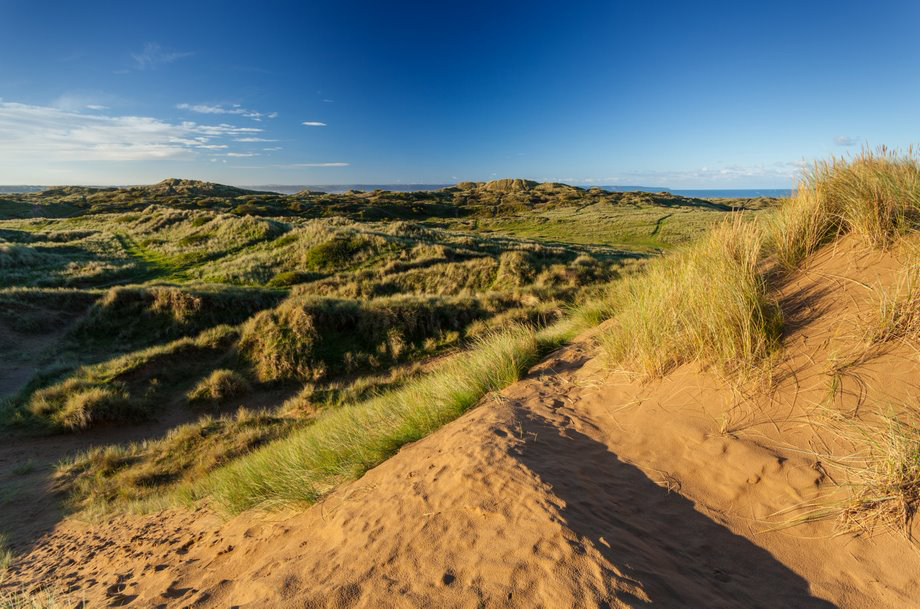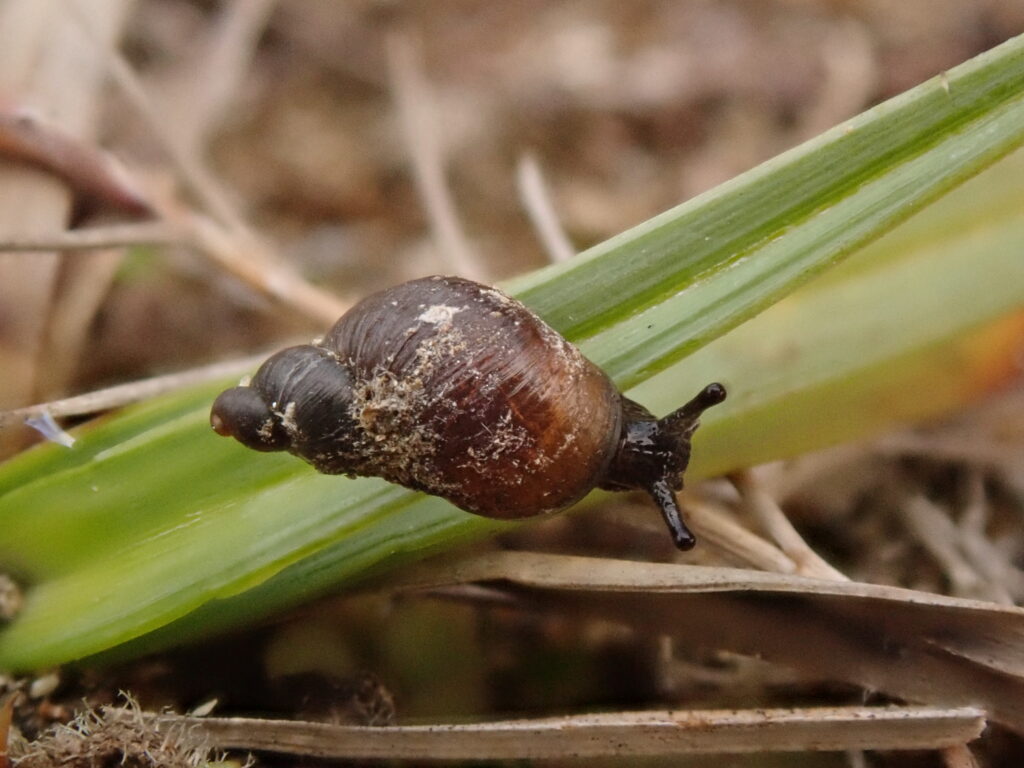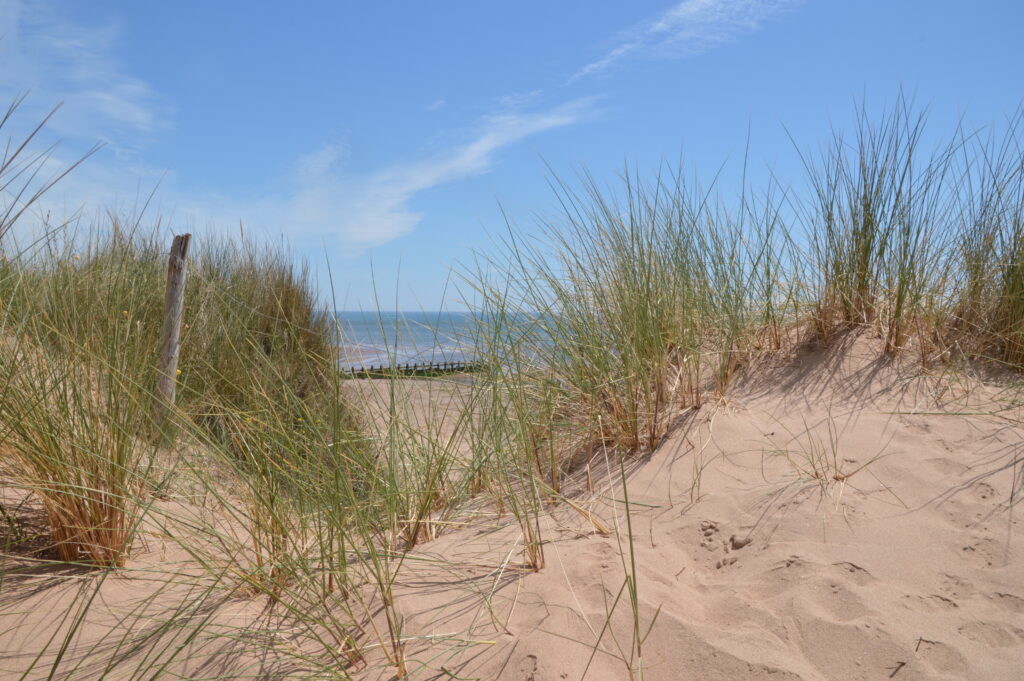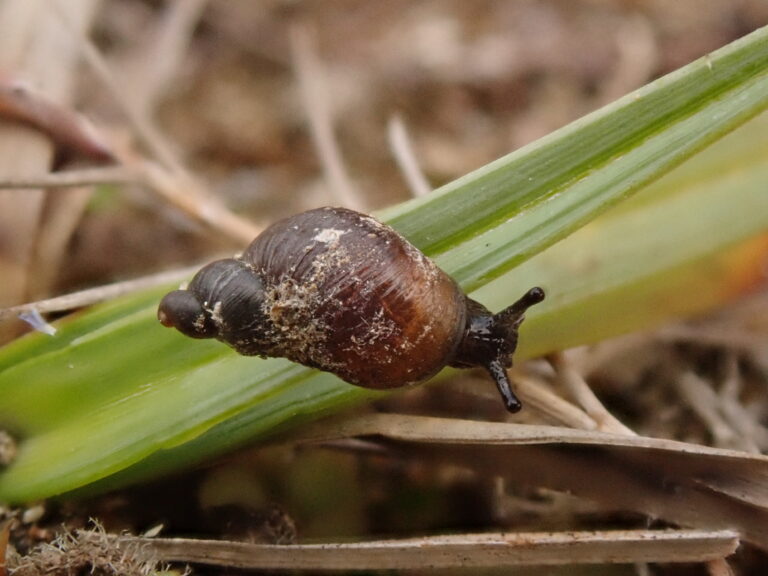Sand dunes are found across Devon’s coastlines. Five of the largest systems include Dawlish Warren SSSISite of Special Scientific Interest More, on the end of the Exe estuary on the south coast and Braunton Burrows SSSI, Northam Burrows SSSI, Croyde (within Saunton to Baggy Point SSSI) and Woolacombe dunes on the north coast.
The habitatThe natural environment in which an animal, plant or other o... More mosaics found in the northern Devon sand dunes are especially important for invertebrates and support many threatened speciesA group of similar organisms that can breed and exchange gen... More. Braunton Burrows is particularly important (and has been very well surveyed). A few of the rare moths in this group are also found at Dawlish Warren and Thurlestone in south Devon.
See the Coast page for more information on the important dune habitatsThe natural environment in which an animal, plant or other o... More discussed below.




